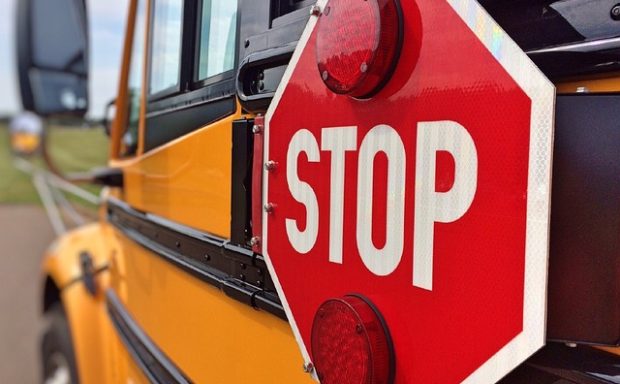School zones are critical areas on the road where drivers need to be extra cautious and careful. These zones are usually marked with bright yellow signs and flashing lights, indicating that everyone should keep their speed in check and be alert for any pedestrians or crossing guards. Teaching kids about road safety and being a responsible driver is essential, especially in school zones, where reckless driving can have disastrous consequences.
You may also read: Top 5 Worst Cities in USA for Driving
1. Always pay attention to the posted speed limit signs – Speed limits in school zones are usually set at 15-20 mph, and drivers must adhere to these limits at all times. Paying attention to speed limit signs could prevent accidents, save lives, and ensure that everyone on the road is safe.
2. Be alert of pedestrians and crossing guards – Slow down and be prepared to stop for pedestrians, especially for young children, who might dart across the street unexpectedly. Crossing guards are also present in some school zones to help children safely cross the road, so be prepared to stop, follow their signals and wait patiently until everyone has crossed the road.
You may also read: Top 10 Driving Tips for Traffic Jams
3. Avoid distractions while driving – Distractions such as talking on the phone, texting, eating, and adjusting your radio can take your focus off the road and distract you from paying attention to your surroundings. Avoid any distractions that might divert your attention from the road.
4. Yield to buses – School buses are allowed to operate in school zones, and it is essential to follow the rules of the road. Yield to buses as they pick and drop off children, and be prepared to stop behind them until they have safely completed their operations.
You may also read: 7 Things to Do After A Car Accident
5. Always be extra cautious during school hours – School hours can be chaotic with the presence of kids, parents, and crossing guards. Always pay attention to your surroundings and keep a watchful eye on your mirrors for any potential hazards.
6. Keep a safe distance – Maintaining a safe distance from other drivers can give you ample time to stop or react in case of an emergency, reducing the risk of a collision.
7. Check your surroundings – Be aware of what is happening around you, both on the road and the sidewalk. Be on the lookout for any pedestrians crossing the roads or crossing guards directing traffic.
8. Use turn signals – Always use your turn signals when approaching and leaving school zones. This will help other drivers and pedestrians understand what your next move will be, helping to avoid confusion and collisions.
You may also read: 10 Best and Super Easy Steps to Park Your Vehicle Parallel
9. Observe traffic laws – Always obey traffic laws, including stop signs, crosswalks, and yield signs. Being a responsible driver means following the rules of the road, no matter how familiar the area may be.
10. Be patient – It is common to find congestion in school zones, especially during pick-up and drop-off times, so be patient and wait for your turn to move.
Conclusion:
Driving in school zones requires motorists to be alert and responsible to ensure the safety of everyone on the road. Following the above tips can prevent accidents, reduce near misses, and ensure that everyone arrives safely at their destination. So, let’s all continue to be responsible drivers and contribute to safer roads and communities.

